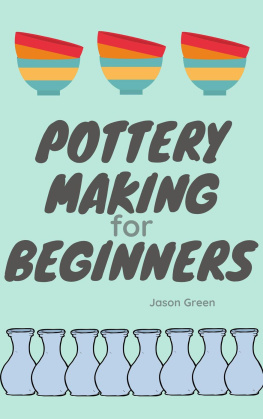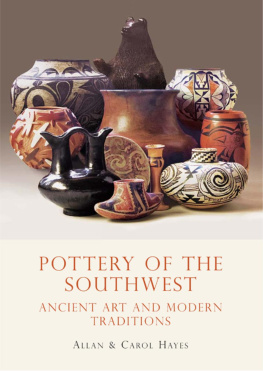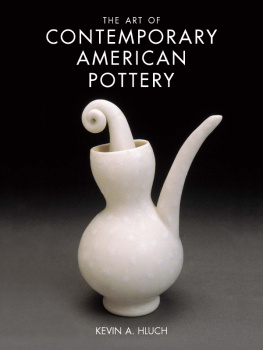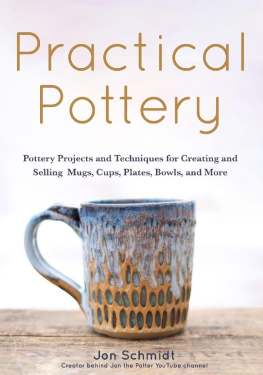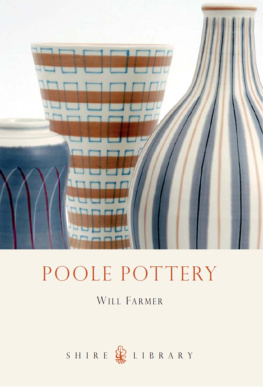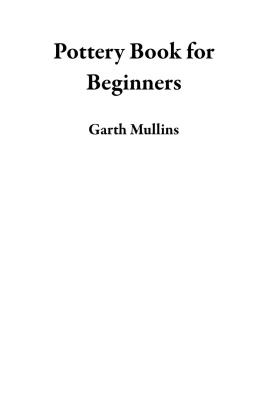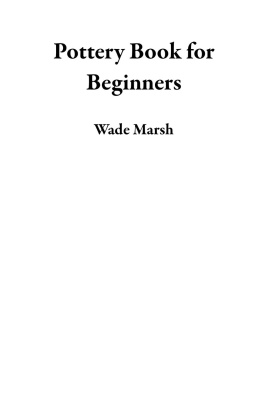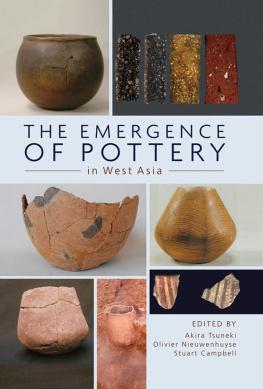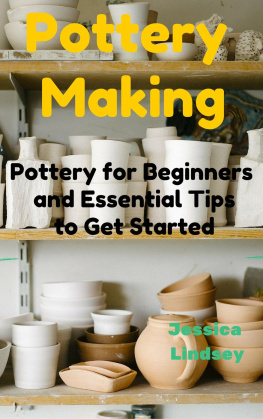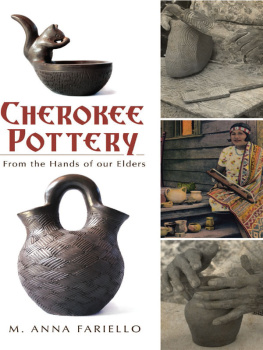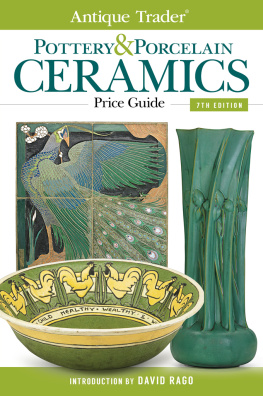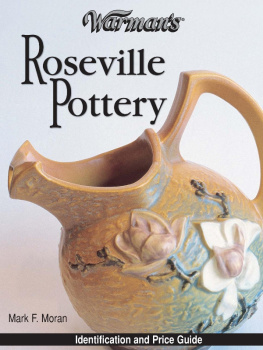Pottery Making for Beginners
Jason Green
Published by BlueNome Publishing, 2019.
While every precaution has been taken in the preparation of this book, the publisher assumes no responsibility for errors or omissions, or for damages resulting from the use of the information contained herein.
POTTERY MAKING FOR BEGINNERS
First edition. November 18, 2019.
Copyright 2019 Jason Green.
Written by Jason Green.
10 9 8 7 6 5 4 3 2 1
Contents
P ottery is a form of art that dates as far as most of us cannot even begin to imagine. It remains one of the most constant and common form of art which is still being practiced across the world in different countries.
Elegantly, pottery making has increasingly become a source of relaxation, business and even sightseeing to people in current times and is being widely accepted regardless of the process involving the need to work with mud.
This is why this book has been written and dedicated to the newbies or beginners who fancy a shot at working with mud and enjoying the benefits that come with it. Not everyone shares the uncanny desire to get their hands dirty, but pottery making sure rewards those who enjoy the artistic processes and who dedicate their time into doing it.
To many, pottery might come across as a complicated process which involves handling objects they arent used to in their everyday activities. This book is bound to act as a guide towards ensuring you understand the basics and dont get yourself caught up while you attempt to become a potter. The gimmicks associated with pottery can be extensive and somewhat cumbersome, but learning the basics will go a long way in ensuring the process is one youd enjoy.
Also, it goes without need to mention that pottery business is fast rising and creating sources of immense income to the select few who take their time to indulge in creating master pieces. All you need to do is visit the best potters and even attend events where objects of pottery are being put on display to see their significance in our modern world.
They serve as beautification objects in homes, offices, museums and in art galleries to mention a few.
Asian countries in general, also have a profound love to pottery and the beautiful items which can be created from clay. They lay large emphasis and sense of importance on objects made with clay, backing it with cultural importance and significance which trumps the processes through which the objects were made.
Asides the business side to pottery, they provide a rather vast and greatly welcomed cultural representation which brings people together from all over the world. Pottery helps to serve as a means of communication without needing to exchange words or even bother oneself about uttering statements.
Working with clay and your own hand into sculpting what your imagination has drawn up is often regarded to be a god-like feeling by experienced potters, because they shape what they want into existence. All you need are the right tools, the imagination and the skillset to make it happen and you too can become an excellent potter within a brief period of time.
To those who are novices in the pottery business and who fancy the idea of getting their hands dirty, I can assure you of no better or more soothing activity than pottery in our current world where everything is becoming digitalized and the intrinsic joy of getting ones hand dirty is slowly waning away.
Enjoy!
CHAPTER ONE: CHOICE OF CLAY: LIFE OR DEATH FOR POTTERY.
L ike all arts, the need to get the right or most basic material ready can mean life or death for what you intend to produce. Granted you have made up your mind about what you want to do or that you want to become a potter, there is still the problem of what sort of clay to use which is being treated right here and now.
Clay, which essentially is soil can either make or mar your artistic work if you dont get it right or if you select a rather terrible clay samples or defective ones depending on how the clay was produced or the source from which it was gotten. Learning about clay and the different kinds can go a long way in saving you from unnecessary cost expenses or even wastage.
When you make findings from veteran potters, they will enlighten you on the need to secure a safe and healthy clay source or place to get one, before attempting to proceed with anything else. This is because like the spinal cord, clay is the backbone to the art of pottery. If you use defective or subpar clay in sculpting your work, youre bound to get something defective and quite mediocre in return.
There is no circumventing it.
Essentially, clay comes in three forms and they are basically differentiated based on one particular criteria which makes them what they are; the difference in temperature at which they were made. This difference in temperature is of utmost importance in identifying clay because the particular form of clay you intend to pick for any project is dependent on the temperature at which it was created and how suitable it would be for that project you bear in mind.
Do not be deceived when anyone tries to convince you that clay is clay and any type of clay can be used in making anything you intend to. Based on varying characteristics and mode of creation, certain clay types are best suited for certain works and terribly suited for others. It would be nothing but being nave to assume otherwise or allow yourself act cheaply in choosing a clay sample as your universal working tool.
Clay is no different from your transmission oil for your car... specificity is key in selecting it.
To this effect, wed be looking at the three major types of clay in reference to the temperature at which they were created;
O f the three types of clay, this is one created via the highest temperature and is often referred to as the highest firing clay. Its high temperature requirements make it rather unsuitable for certain kilns or even smaller ones because they might be unable to reach the required temperature it desires. In other words, most of your smaller hobby-styled kilns arent suitable for handling this type of clay.

